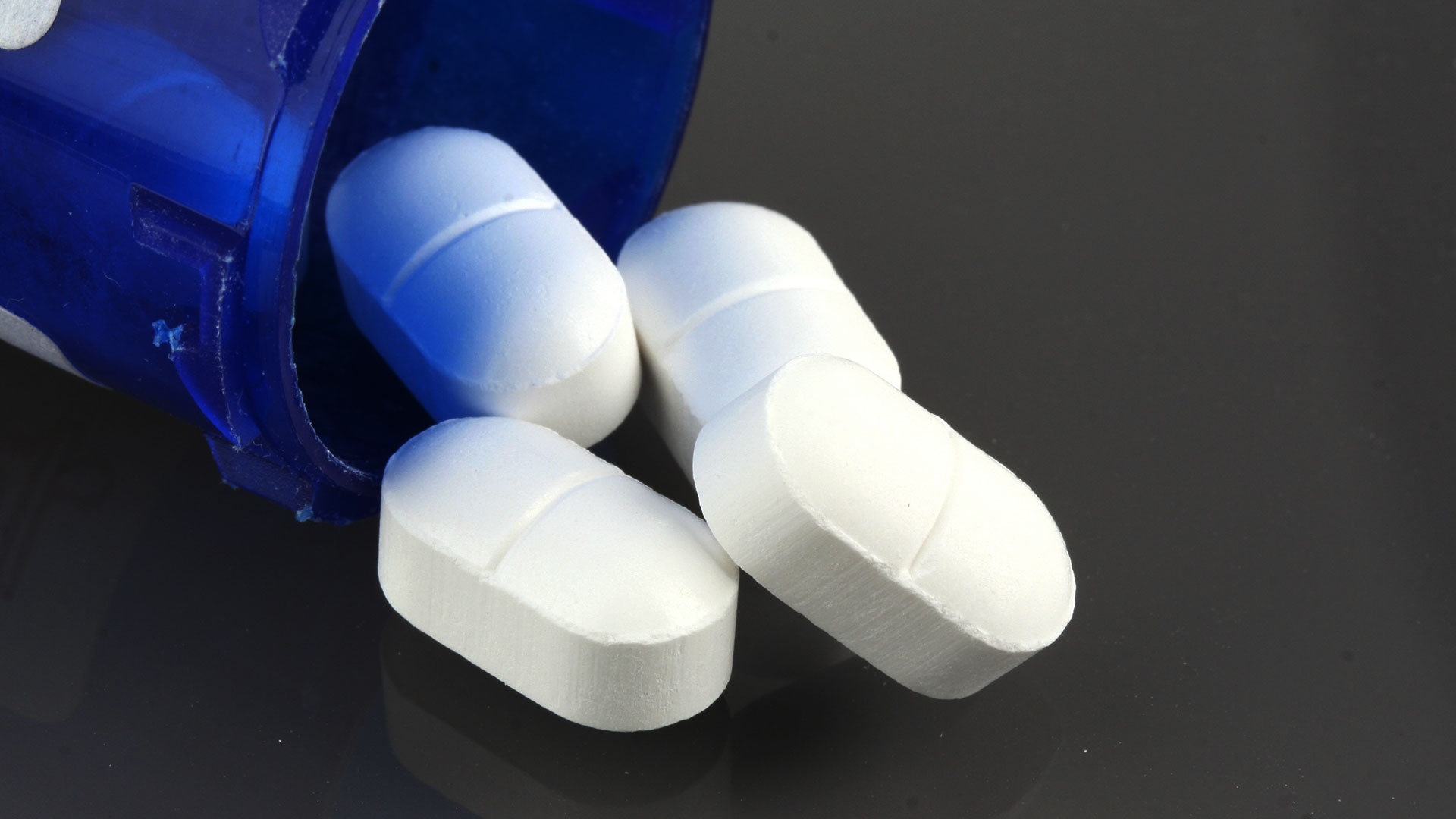06 Dec A Guide to Subutex Withdrawal Symptoms
Table of Content
You made it past the darkest days in your life.
From the time you only had eight dollars in your wallet to that time you lost your job.
From the time your entire family resented you to that time you had to sell everything in your home to buy more drugs.
You made it past rock bottom. You made it past detoxification.
Finally, finally, you get move on with your life and focus on the things that you truly care about. However, your cravings to use opiates again is more intense than you could have ever imagined.
You can’t sleep, eat or concentrate—and the thought of using again ruminates your every waking move.
So, your doctor prescribes you Subutex—an opioid agonist-antagonist, designed to alleviate the symptoms associated with withdrawal. A sense of relief rushes over your body, and you know you’re going to make it, and turn your life around.
However, Subutex creeps into your life more and more. It starts to wear off faster, and now you have it in higher quantities and shorter time lengths to achieve the same effects. Suddenly, you’re no longer addicted opioids.
You’re addicted to Subutex.
You ask yourself, “How could this happen? How can a drug designed to stop you from getting high become this addictive?”
Suddenly, what initially felt like a positive moment in your life takes a sharp turn for the worst. And just like that, you’re right back to where you started.

What is Subutex used for?
Subutex is a frequently used drug in medically assisted treatment to treat chronic use or opioid dependence. Because the withdrawal process of detoxification is so severe, and many times unsuccessful, physicians have implemented Subutex a method of alleviating cravings and blocking the feel-good effects of substance abuse. It is used in both acute and long-term phases of recovery. However, when used incorrectly, Subutex can become addictive.
Why is Subutex Addictive?
Although Subutex acts as an opioid agonist-antagonist, its chemical infrastructure contains buprenorphine, which is an opioid drug. Buprenorphine is the active ingredient in Subutex that serves as a mu-opioid receptor (MOR) partial agonist, which delivers effects similar to heroin. But unlike other opioid-related drugs like Heroin and morphine, Subutex only contains a limited number of opioid agonist properties, which means it can still achieve euphoria, but at a lesser extent. When abused, the user will seek out this euphoria—the main source of addiction.
Timeline of Subutex Withdrawal
In most cases, the most intense withdrawal symptoms from Subutex tend to begin to decrease one week after the last dose.
Aches and pains, symptoms that are not as prevalent during the initial hours and days of Subutex withdrawal, become more rampant after a week. However, insomnia and changes in mood become more noticeable during this time period.
When 30 days approaches after the last dose of Subutex, the individual will still likely experience intense urges to use. Around this time is frequently regarded as “delicate” as many choose to relapse and begin using again after the first month.
Many feel that the withdrawal side effects Subutex are just as potent and uncomfortable as drugs such as heroin, percocet, and fentanyl. The longer the brain begins to accept Subutex as an “essential” component of normal function, the more severe the symptoms will be during detoxification. With each passing day (during the absence of Subutex), the body and brain will be working hard to build up your immunity and return you to physical and emotional stability.
Here is short timeframe of Subutex Withdrawal:
- 5 days: Withdrawal signs and symptoms are at their worst
- 7 days: Aches and pains begin dominate all other feelings
- 14 days: Depleted mood, chronic depression, low energy and poor concentration
- 30 days: *Most important (and fragile) phase; intense cravings and ongoing depression
Here is a more detailed list of the most common withdrawal side effects and physical symptoms associated with the detoxification of Subutex:
Anxiety and agitation: Because Subutex produces a feel-good, calming effect within the body and brain, the absence of those qualities results in a potentially severe state of anxiety and agitation. The severity of such symptoms depends on a variety of factors such as: age, health, consistency of use, metabolism, preexisting health, etc.
Aches and pains: Your pain response levels are not normal during the use of Subutex. Because Subutex releases dopamine, your brain does not concentrate on pain, and focuses more on produces pleasurable effects. As you detox from Subutex, you inhibit an opposite effect, where even the slightest bump on the knee can feel 10x worse than it should. As your serotonin levels become stabilized during withdrawal, your pain response levels will begin to normalize.
Inability to Concentrate: You may find even the slightest, most mundane tasks to become difficult during Subutex withdrawal. Your body is working hard to normalize the damage that has been cause, thus making your brain less focus on the things you’re trying to achieve “externally.”
Cravings: With each day of consistent use of Subutex, it becomes more difficult to quit. This leaves patients enduring Subutex withdrawal extremely vulnerable to relapse. Cravings can sometimes last up to months. However, the worst of cravings occur with the first 48 hours.
Unfamiliar Feelings: Many individuals don’t feel like themselves during withdrawal. This is due to the chemical modification from using Subutex to stopping. This can produce feelings of depression and confusion. Because of your depleted serotonin levels, your body simply cannot process how to feel. These unfamiliar feelings are temporary, and will lessen in intensity each day. Depression is one of the hardest side effects of Subutex withdrawal, and a core reason why so many relapse.
Sluggish: The longer you use Subutex the more your body will become dependent on it to function and feel normal. This results in a sluggish feeling where you feel drained and unenthused to participate in physical activity. It can become hard to get out of bed during this time, as your body feels as though it needs further rest.
Running Nose: One of the most common side effects many experience first is a runny nose. Similar to the beginning of getting a cold, a runny nose is one of the first withdrawal symptoms an individual will experience first.
Trouble staying still: Another very common side effect is restless legs. It becomes hard to get comfortable and you can feel like no position, whether standing or sitting, feels relaxing. This results in a lot of moving around, which may become a disturbance to others if you’re in an office environment.
Nausea and vomiting: Nausea and vomiting usually occur within the first 48 hours. Similar to uneasy feelings experienced during the flu, coming off of Subutex will make you dizzy, and possibly vomit.
Mood Swings: One moment you’re feeling better with clarity and content, the next you’re angry at the world and no longer feel like living. Unstable mood swings relate to the brain trying to “recalibrate” emotions, and many times, this results in erratically inconsistent behavior.
Grumpiness: Similar to mood swings, you will also most likely not want to interact with any one during withdrawal. Even the slightest disturbance such as a phone call or talking with a detox specialist is something you will want to do.
Trouble sleeping: One of the most debilitating side effects is insomnia. It’s not uncommon for patients to stay awake for days the initial nights of withdrawal. When the body doesn’t get enough sleep, immunity weakens and energy levels are low. This results in a slower time of recovery.
Headaches: Headaches are not only painful, they are also distracting and hurt the patient’s chances of getting a good night’s rest.
If you think a loved one has become addicted to Subutex, this can be an extremely frustrating time. It can feel like you’re helpless in the situation, and overwhelmed by the fear of their wellbeing. However, there are a number of things you can do to help:
Communication is key. Establishing an open and honest dialogue is one of best thing you can do during this situation. However, your tone, language and energy might translate as threatening, or possibly provoke feelings of embarrassment. Do your best to initiate a conversation that is calm and quiet, which will help to bring a stronger influence to words. It is hard not to yell, cry and display your anger, but it is imperative that you set a tone that is comforting, optimistic and empathetic.
Realize they may be angry at you. Since you’re possibly the first one to notice their addiction, they may become resentful and fearful that they won’t be able to use again. It is important to understand this and take with stride. They will thank you for it later. But if a violent outburst occurs, it important to remove yourself from the situation and try again later at a different time. Remember, they are not so much angry at you as they are with themselves. You just happen to be the only person that is close, and for that, you may subject yourself to anger.
Search for that perfect time. One of the best ways to establish a constructive dialogue is when the individual is contemplating stopping use of Subutex, or comes to you for comfort. By keeping yourself prepared for this time, you will know the right words to say, which can be essential for getting him or her help.
Evaluate their response. When and if you do try to communicate with a loved one regarding their substance abuse, try to analyze their immediate reaction. Is it volatile? Is he or she calm or displays a look of acceptance? Based on their reaction, you will usually get a pretty understanding of just how addicted they are. The more volatile the situation, the more likely he or she has abused Subutex for some time, which in turn, may require extensive care, medical detox and treatment.
However, if he or she seems composed and non-confrontational, you may want to talk to them about seeing a drug therapist for outpatient counseling.
Inpatient versus outpatient treatment
Inpatient treatment for Subutex addiction requires patients to remain in a medical facility until the duration of treatment. Around-the-clock is provided with inpatient services, which may serve extremely beneficial for patients with a higher dependence of Subutex. Inpatient treatment is widely considered the most effective form of treatment for successful detoxification; however, inpatient care tends to be more expensive than other options, which may seem infeasible for many people.
An outpatient treatment plan provides patients with a much more flexible schedule to receive care, as they are not required to live at the facility. This may be beneficial for patients who have responsibilities at home where they can’t afford to not be present (e.g., kids, job, school, etc.). Outpatient treatment is typically used for patients with less severe dependence to Subutex. However, due to the non-structured treatment schedule of outpatient services, patients will be more vulnerable to use. Outpatient treatment will use similar methods of care given in inpatient services such as one-on-one cognitive behavioral therapy (CBT), which works to find the root cause of addiction and tangible advice (or tools) in which can help counter cravings; additionally, addressing what triggers use of Subutex and how to properly identify those feelings, and what to do when those feelings occur.
The key to maintaining consistent sobriety is through support. Without support, there is very little evidence to suggest that a patient to fully recover. Long-term therapy is imperative.
The combination of support and communication equate to a powerful antagonist against Subutex. However, each individual is different and may require a different treatment plan and type of support. Drug specialist may provide you with the best direction in which to receive that support. For example, for long-term recovery of Subutex, group therapy may be more beneficial than one-on-one therapy. With that being said, it is important for the patient to continue exploring his or her options.
They are many different formats of support, and it may take some time to find it. But, most importantly, the biggest support a patient needs is through family and friends. Through love, behavioral and social support the road to recovery begins to shine brighter and feel easier, and because of this, opportunities begin to follow.
Sources:
“Subutex Withdrawal and Detox.” The Recovery Village. 14 Mar. 2019. https://www.therecoveryvillage.com/subutex-addiction/withdrawal-detox/#gref
“Subutex Withdrawal Symptoms and Signs and Detoxification.” Withdrawal.net. 14 Mar. 2019. https://www.withdrawal.net/learn/subutex/
Lautieri, Amanda. “Coping with Suboxone Withdrawal: Symptoms and Timeline.” American Addiction Centers. 15 Mar. 2019. https://americanaddictioncenters.org/suboxone/withdrawal







No Comments